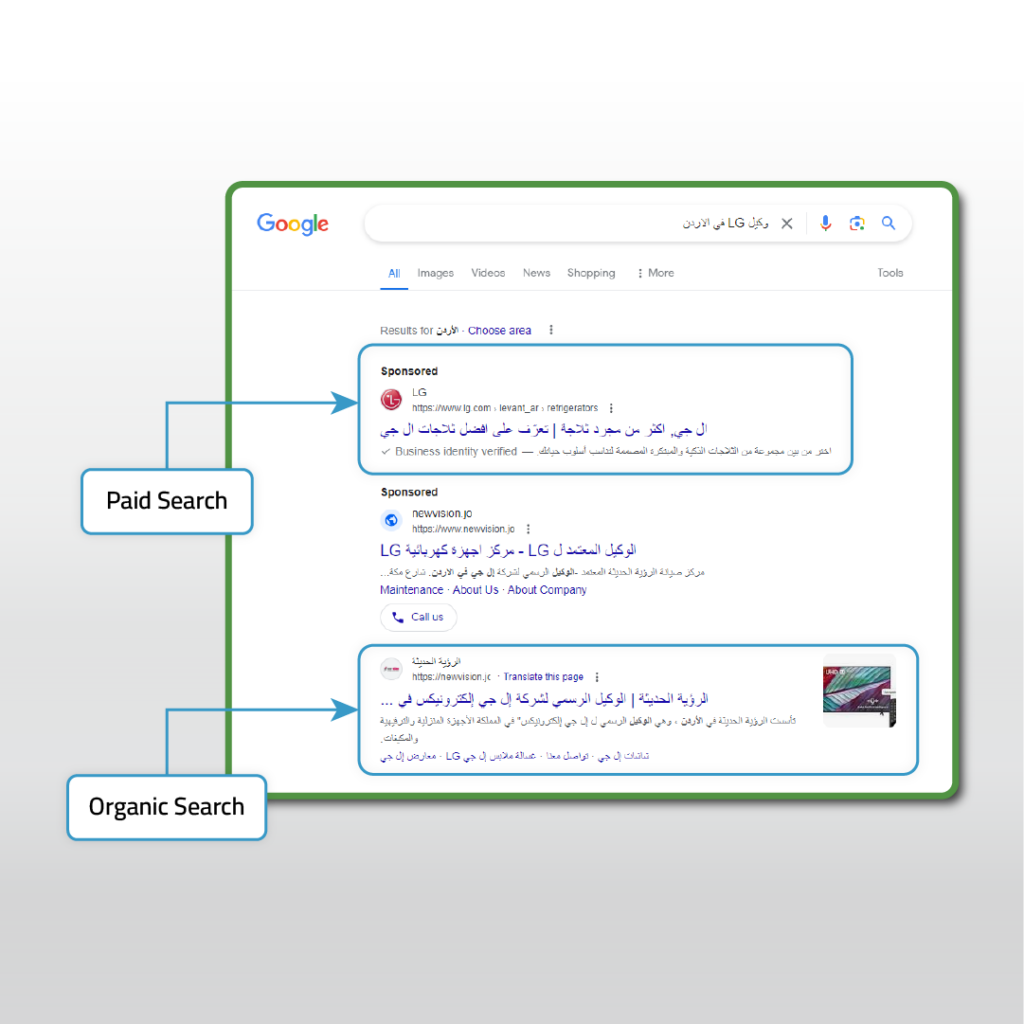In the digital marketing landscape, acronyms like SEM, SEO, and SEA are frequently used but often misunderstood. While they all relate to search engine marketing, each term has its distinct meaning and purpose. This blog post will explore the similarities and differences between SEM, SEO, and SEA to help clarify these concepts and how they interrelate.
Understanding SEM, SEO, and SEA
SEM (Search Engine Marketing): A broad term that encompasses all activities aimed at improving a website’s visibility on search engines, including both SEO and SEA.
SEO (Search Engine Optimization): A subset of SEM, focused on optimizing a website to achieve higher rankings in organic (non-paid) search results.
SEA (Search Engine Advertising): Another subset of SEM, focused on paid advertising efforts to appear in search engine results.

Similarities Between SEM, SEO, and SEA
| Aspect | SEM | SEO | SEA |
| Scope | Comprehensive strategy encompassing both SEO and SEA | Focuses solely on organic search ranking | Focuses solely on paid advertising |
| Methods | Uses both organic and paid methods | Relies on organic methods | Relies on paid methods |
| Cost | Involves costs for both paid and organic strategies | Does not involve direct costs for placements | Requires ongoing investment for ad placements |
| Speed | Can provide both immediate and gradual results | May take time to see significant results | Provides immediate visibility and traffic |
| User Perception | Offers a mix of organic and paid results | Perceived as trustworthy due to organic ranking | May be seen as less trustworthy since it’s paid advertising
|
When to Use SEO and SEA
Search Engine Optimization (SEO)
- Best for long-term strategies.
- Ideal for building brand authority and credibility.
- Suitable for businesses with limited budgets looking for sustainable growth.
Search Engine Advertising (SEA)
- Perfect for short-term goals.
- Useful for launching new products or services.
- Effective for highly competitive keywords where organic ranking is challenging.
Combining SEO and SEA
For a robust SEM strategy, integrating both SEO and SEA can be highly effective. Here’s how:
- Initial Boost: Use SEA to drive immediate traffic while waiting for SEO efforts to take effect.
- Market Testing: Use SEA to test keyword effectiveness and user response, then incorporate successful keywords into your SEO strategy.
- Holistic Coverage: Ensure your website has visibility in both organic and paid results, maximizing your reach.
Conclusion
Understanding the nuances between SEM, SEO, and SEA is crucial for any business looking to enhance its online presence. While each has its strengths, combining them can create a comprehensive strategy that leverages the immediate benefits of SEA and the sustainable advantages of SEO. By integrating these approaches, businesses can achieve a balanced and effective search engine marketing strategy that drives continuous growth and success.
